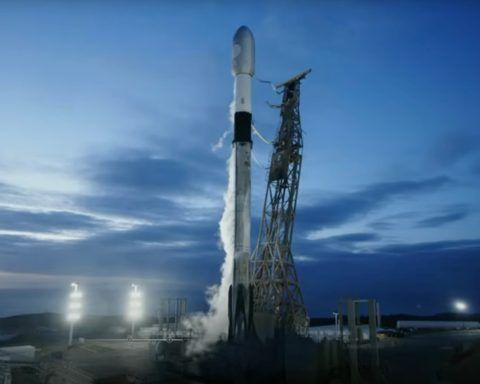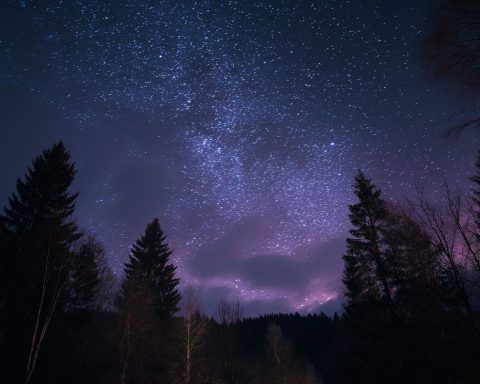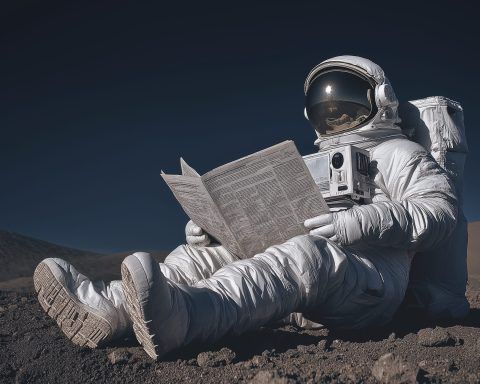
SpaceX Starlink update for Nov. 7, 2025: 29‑satellite Falcon 9 lined up at Kennedy as FAA imposes overnight launch window; California mission lofts 28 satellites
SpaceX is targeting a pre‑dawn Starlink launch from NASA’s Kennedy Space Center early Saturday, days after a West Coast Falcon 9 carried 28 satellites to orbit—and as a new FAA order confines U.S. commercial launches to overnight hours starting Nov. 10. What’s scheduled at Kennedy Space Center SpaceX is preparing the Starlink Group 10‑51 mission from Launch Complex 39A at KSC. The company is aiming for 7:10 a.m. EST (12:10 UTC) on Saturday, Nov. 8, flying a Falcon 9 on a northeasterly trajectory. The first stage is planned to land on the droneship A Shortfall of Gravitas (ASOG) positioned in










